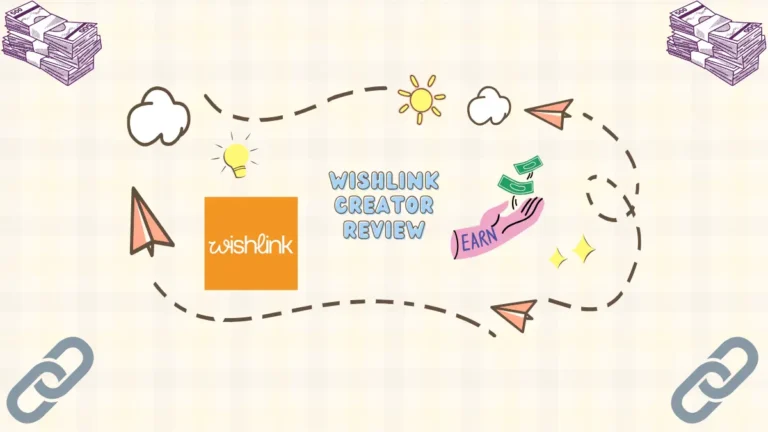Your Salesforce CRM isn’t just software – it’s your business’s lifeline. But here’s the thing: one bad deployment can tank your sales team’s productivity faster than you can say “opportunity closed-lost.” That’s where Salesforce quality assurance testing becomes your secret weapon, turning potential disasters into seamless rollouts that actually make your team more money.
I’ve watched too many ambitious companies skip proper QA testing, thinking they’re saving time. Spoiler alert: they’re not. They’re just moving the pain to later – when it costs 10x more to fix.
1. Build Your Test Strategy Like a Battle Plan
- Define clear objectives: What exactly are you testing and why?
- Map your stakeholders: Who’s responsible for what when things go sideways?
- Document everything: Your future self will thank you during the next audit
Think of your test strategy as your GPS for Salesforce deployments. Without it, you’re just driving around hoping you’ll stumble onto success. Effective test planning isn’t just paperwork – it’s your insurance policy against career-limiting bugs.
From my experience rolling out Salesforce for a 200-person sales org, the companies that skip strategy documentation spend 40% more time firefighting post-deployment issues. Don’t be that company.
2. Master Integration Testing in Real-World Scenarios
- Test with actual production data volumes
- Simulate peak usage conditions
- Validate third-party app connections
Your Salesforce doesn’t live in isolation – it talks to your email marketing platform, your accounting software, maybe even your inventory system. When these conversations break down, your revenue pipeline freezes faster than a laptop in a coffee shop.
Integration testing might seem expensive upfront, but I’ve seen deployment failures cost companies $50K+ in lost deals. That “expensive” testing suddenly looks like a bargain.
3. Don’t Put All Your Eggs in One Testing Basket
Essential Testing Types:
- Integration testing: Does everything play nice together?
- Usability testing: Can your sales team actually use this without wanting to quit?
- Browser compatibility: Works on Chrome? Great. What about Safari on that MacBook your VP uses?
- Accessibility testing: Because inclusive design isn’t just nice – it’s smart business
Here’s what most teams miss: they test functionality but forget user experience. Your Salesforce might work perfectly but if your sales reps need a PhD to close a deal, you’ve failed.
4. Automate Like Your Sanity Depends on It
- Repetitive test execution: Let robots handle the boring stuff
- Increased test coverage: Hit more scenarios in less time
- Consistent results: No more “it worked on my machine” excuses
Automation testing tools aren’t just time-savers – they’re game-changers. I’ve personally cut QA cycles from weeks to days using smart automation. Tools like Opkey offer predictive change analysis that catches issues before they become expensive problems.
The ROI on automation isn’t just about speed. It’s about freeing your team to focus on high-value testing that actually requires human judgment.
5. Catch Problems When They’re Cheap to Fix
- Regular testing cycles: Small, frequent tests beat massive quarterly disasters
- Early bug detection: Fix issues in development, not production
- Risk mitigation: Sleep better knowing your deployment won’t crater
The math is simple: fixing a bug in development costs $100. Fixing it in production costs $10,000. Plus the stress, the angry emails, and the “we need to talk” meetings with leadership.
I learned this lesson the hard way when a seemingly minor Salesforce update broke our lead routing. Two days of scrambling to fix it while leads sat unassigned taught me that “early and often” isn’t just a voting slogan – it’s a survival strategy.
6. Make Stakeholders Your Testing Allies
- Include end users in UAT: They’ll catch stuff you never thought of
- Gather feedback systematically: Not just “looks good” – actual insights
- Document suggestions: Future releases will be smoother
Your sales team, customer service reps, and managers aren’t just end users – they’re your best quality assurance partners. They know how the system really gets used, not just how it’s supposed to work.
User Acceptance Testing with real stakeholders has saved me from deploying “perfect” solutions that nobody actually wanted to use. Their feedback turns good implementations into great ones.
The Bottom Line:
Salesforce quality assurance testing isn’t a cost center – it’s a profit multiplier. When your CRM works flawlessly, your sales team sells more, your service team resolves issues faster, and your leadership team stops asking uncomfortable questions about “system downtime.”
The companies crushing their revenue targets aren’t the ones with the fanciest Salesforce setups. They’re the ones with the most reliable ones. And reliability doesn’t happen by accident – it happens through disciplined, strategic quality assurance testing.
Ready to transform your Salesforce deployments from stressful gambles into confident victories? Start with strategy, automate what you can, and never underestimate the power of catching problems early. Your future self – and your sales numbers – will thank you.
For more insights on maximizing your Salesforce investment, check out these customer retention strategies that actually move the needle.



